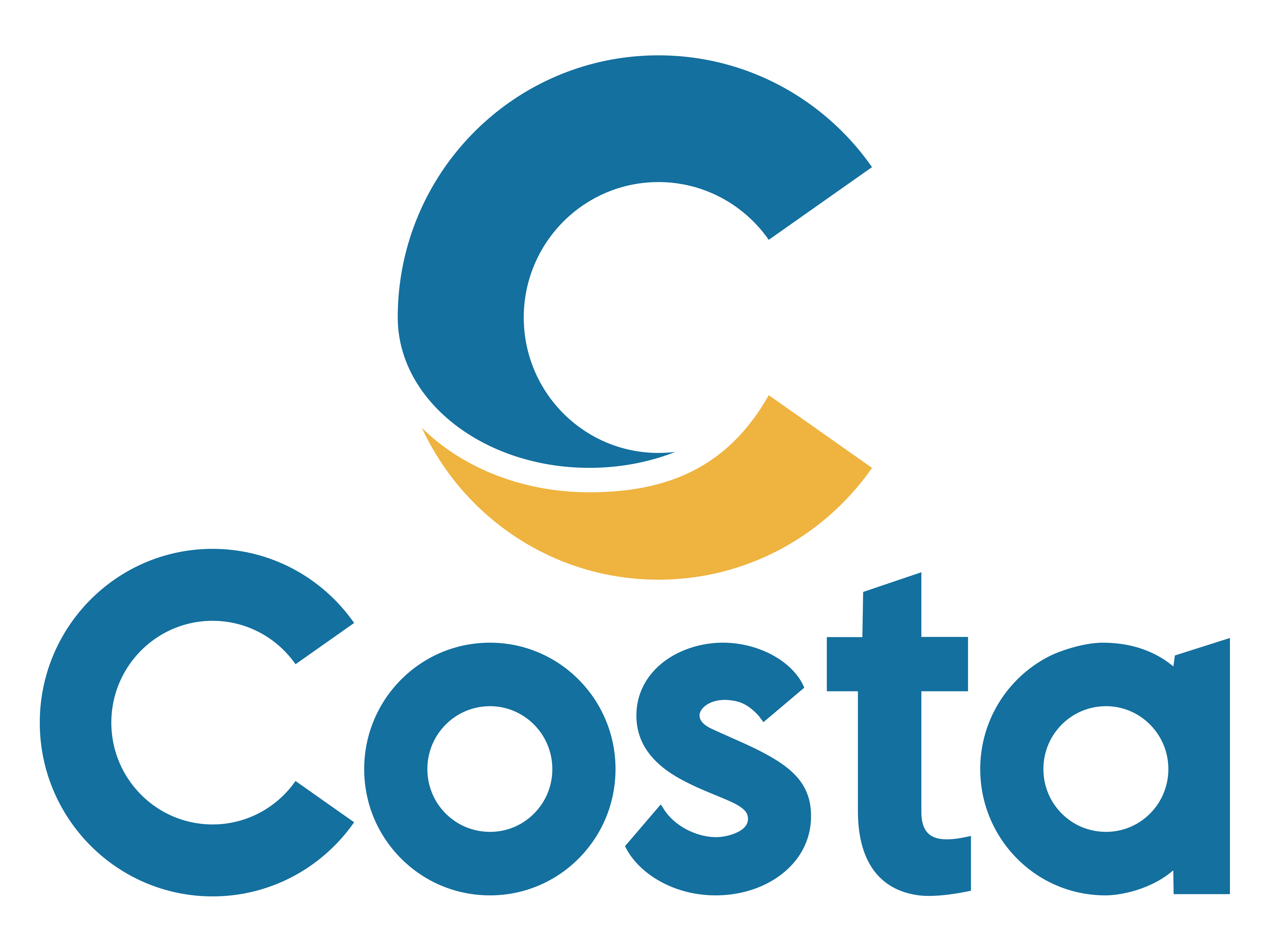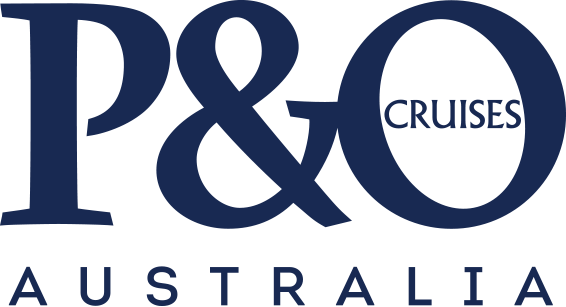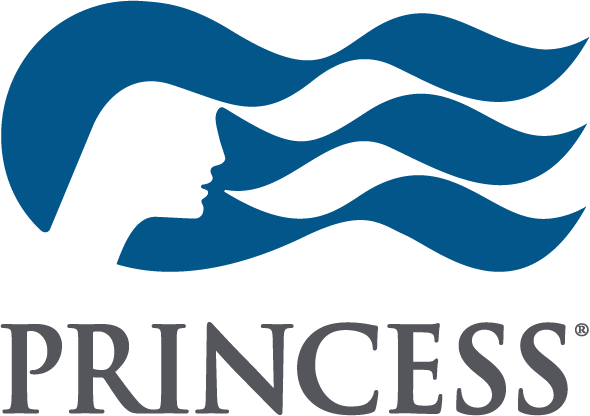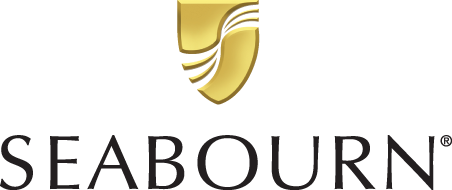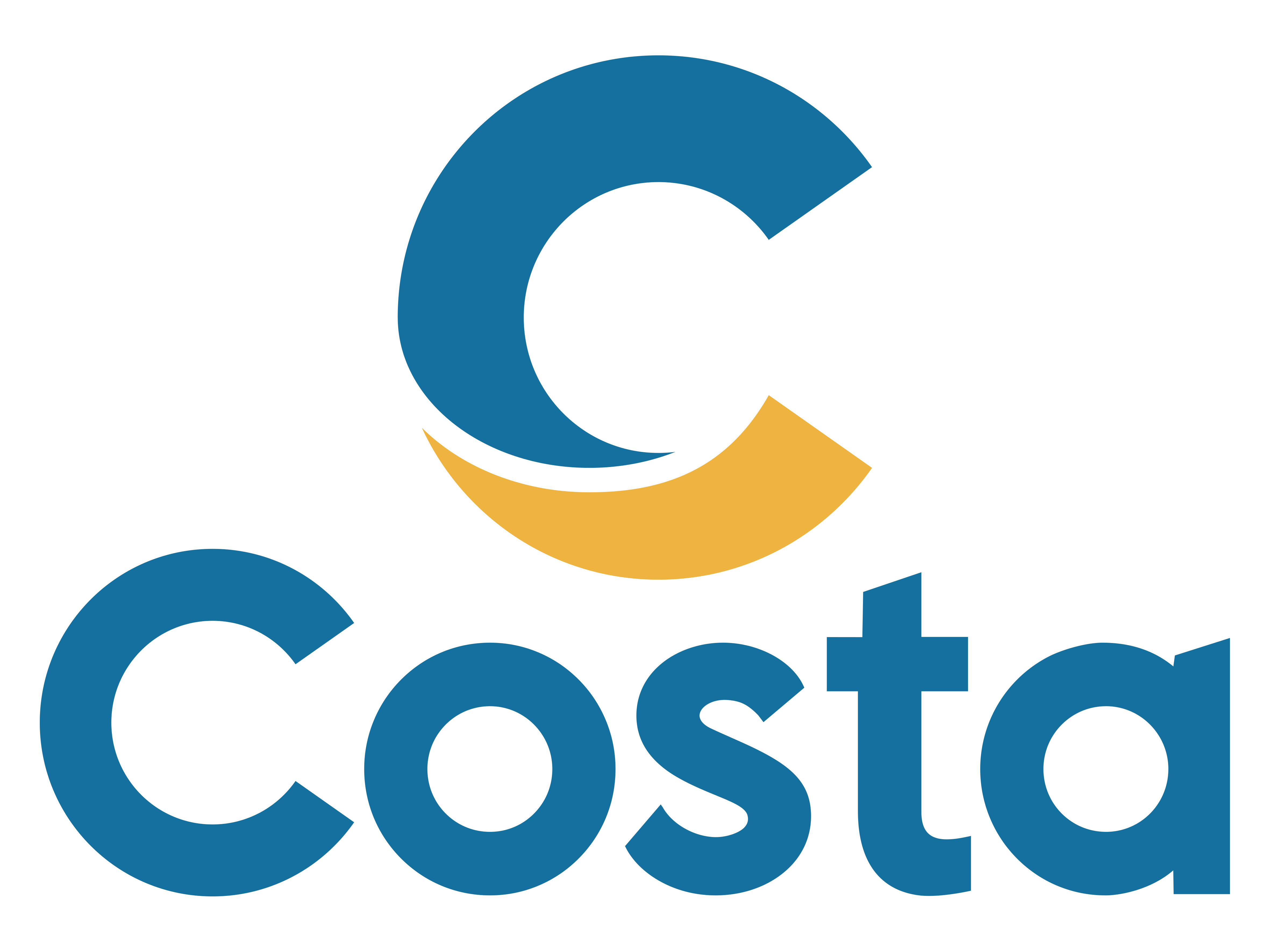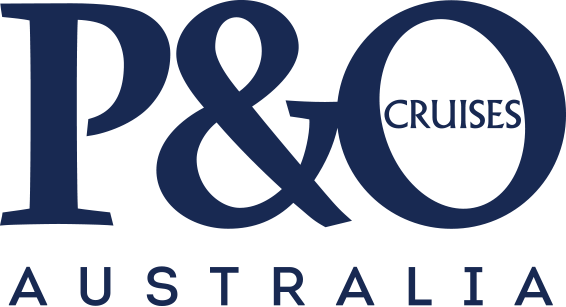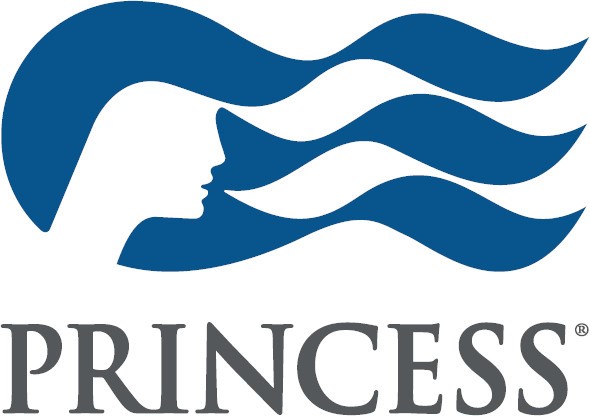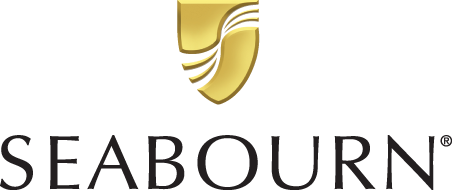AIDAprima sets highest standards in emission control
LNG operation in the ports of AIDAprima's Metropolitan routes in preparation
AIDAprima, the new flagship from Germany's leading cruise line, AIDA Cruises, is setting standards with regards to environmental and climate protection. No other ship has more modern eco-technology on board. AIDAprima is the world's first cruise ship to feature a dual-fuel engine and can be operated with low-emission liquefied natural gas (LNG) during the time spent docked at port. It also features two shore-side power supplies and is the world's first passenger ship with an onboard three-step system for exhaust aftertreatment. With this so far unprecedented technology for exhaust treatment, soot particles, nitrogen oxides, and sulfur oxides can be reduced by 90 to 99 percent for the first time. As a result, AIDAprima is the first ship worldwide to be equipped with all forms of low-emission energy generation that are technically available onboard today. Its striking design with a perpendicular bow and optimized hull lines ensures improved hydrodynamics. Further new features aimed at reducing propulsion energy include state-of-the-art pod drives and the innovative MALS technology. Thanks to this, AIDAprima is the first cruise ship to glide on a carpet of air bubbles with very little friction.
AIDA Cruises is trailblazer in the use of low low-emission LNG
A premiere in the cruise industry is the installation of a dual-fuel engine on AIDAprima. In ports with the necessary infrastructure, the ship can thus be operated with low-emission liquid natural gas (LNG) while docked at port.
This is an important step in reducing emissions because the average cruise ship spends 40 percent of its operating time in port. In all European ports since 2010, AIDA Cruises has only been using fuel that – in compliance with IMO requirements – has a maximum of 0.1 percent sulfur. AIDA has been doing this voluntarily in Hamburg since 2007. By using LNG, emissions will once again be considerably reduced: The emission of sulfur oxide and soot particles will be completely prevented. Nitrogen oxide emissions will be reduced by up to 80 percent and carbon dioxide emissions by 20 percent
In all ports along the Metropolitan route, AIDAprima can be operated with LNG while docked. The preparations and initial permit procedures for the ports of Hamburg, Southampton, Le Havre, Rotterdam and Zeebrugge are already well underway. The required infrastructure is currently being installed. LNG trucks will ensure the LNG supply of AIDAprima in port. AIDA Cruises will begin test operations in the first ports in as early as the coming weeks.
"We believe in LNG as being the cleanest fossil fuel!" says Felix Eichhorn, President AIDA Cruises. "With AIDAprima, we are the first cruise line in the world to supply a ship with low-emission LNG for operation in port, and we are once again proving that we are pioneers of innovation. I am convinced that our path is also a clear signal to the ports and LNG producers to invest in the necessary infrastructure," continues Eichhorn. "With the next generation of ships that will be put into service in 2019/2020, AIDA will go one step further. Under the concept of "Green Cruising" they will be operated with 100 percent low-emission LNG.
Comprehensive exhaust aftertreatment
As the first passenger ship in the world, AIDAprima features a three-step system for exhaust aftertreatment. The particularly compact design makes it possible for the first time to technically accommodate all relevant treatment processes. Nitrogen oxides are chemically bound in a catalytic converter, and soot and fuel residues are precipitated in a filter. The sulfur oxides are removed in a scrubber without any chemicals being added. With this filter technology which is unique to date, emissions from soot particles, nitric oxide and sulfur oxide on board AIDAprima will be reduced by 90 to 99 percent. Carbon monoxide emissions are reduced by 70 percent and emissions of unburned hydrocarbons by 85 percent.
Comprehensive concept for reducing emissions
AIDA Cruises does not limit environmental protection to one particular technology, but regards it as an extensive and holistic issue. In the past few years, a number of technical innovations for alternative modes of power generation for ships have been developed. No one can say for sure which system will eventually be the global leader. AIDA Cruises has invested significant sums so that it will be prepared for all forms of energy generation that are technically available today.
As the world's first cruise ship AIDAprima runs with any fuel currently available and can thus be operated flexibly and independently. The dual-fuel engines on AIDAprima can run on all traditional ship fuels or in port with liquefied natural gas. With the comprehensive system for exhaust aftertreatment on AIDAprima, emissions can be reduced even more than would be possible with low-sulfur fuel. The use of liquefied natural gas is currently the most environmentally friendly solution for powering a ship. With this holistic approach, emissions are reduced greatly and independently of the various types of fuel and even remain below the specified reference values.
Hydrodynamic optimization
In addition to reducing emissions, increased efficiency is a key factor in ecofriendly ship operation. Compared to AIDAstella, the newest ship of the last AIDA generation, AIDAprima uses around 20 percent less operating power per person on board thanks to various measures. Hydrodynamic optimization of AIDAprima significantly contributes to this. Through its striking design with a perpendicular bow and optimized hull lines, a significant portion of the propulsion power is saved.
Innovative MALS technology
AIDAprima is also the first cruise ship in the world to feature the innovative MALS technology (MALS = Mitsubishi Air Lubrication System). This allows the ship to glide over a carpet of air bubbles with very little friction, which considerably reduces friction and saves energy used for propulsion. State-of-the-art pod drives also significantly lower fuel consumption. Here, the drive system lies in a streamlined pod and can be rotated around the vertical axis by 360 degrees, which contributes to the ship's excellent maneuverability.
Rostock, April 19, 2016


